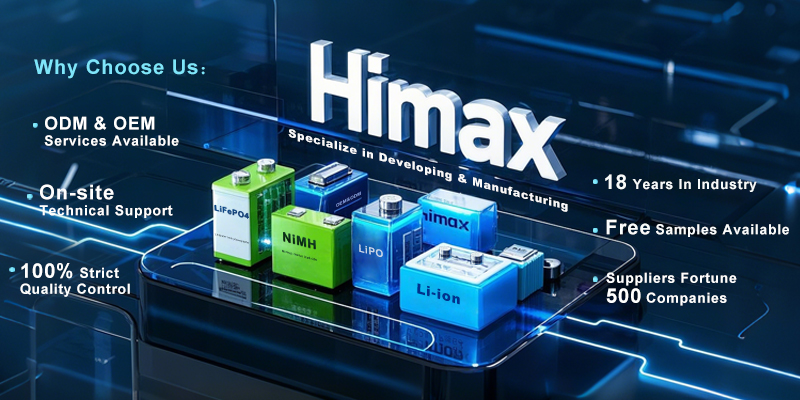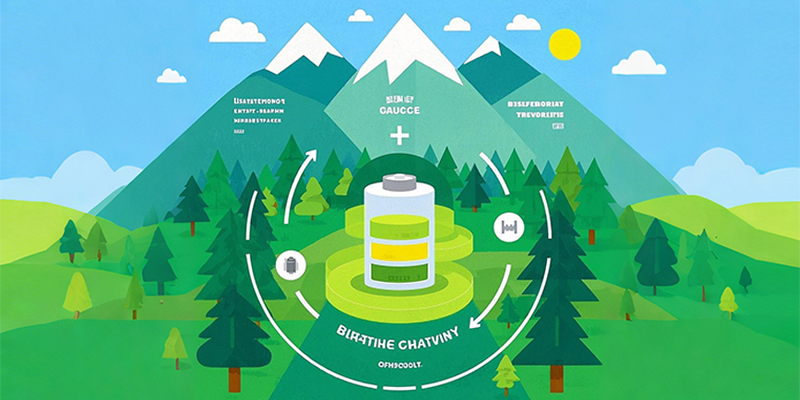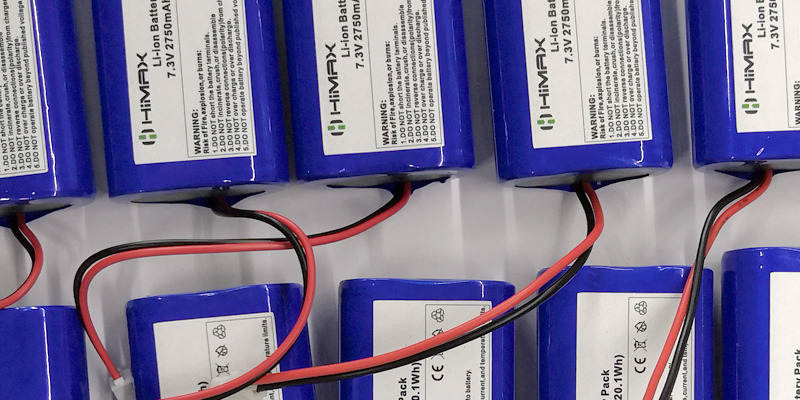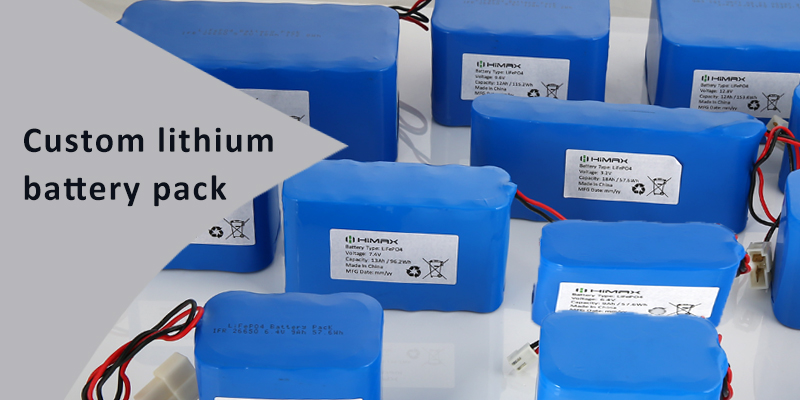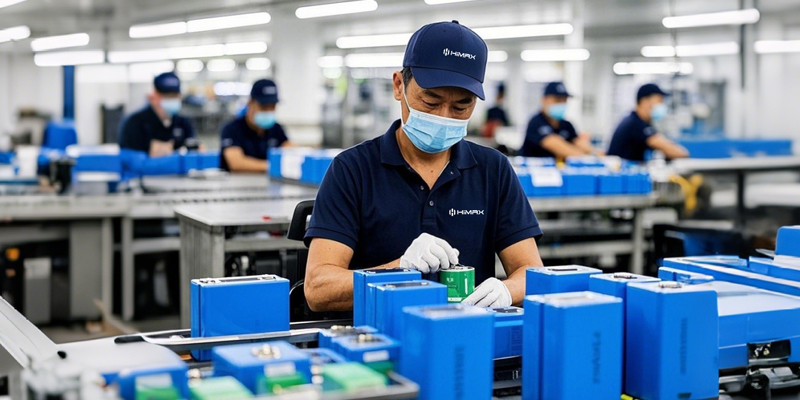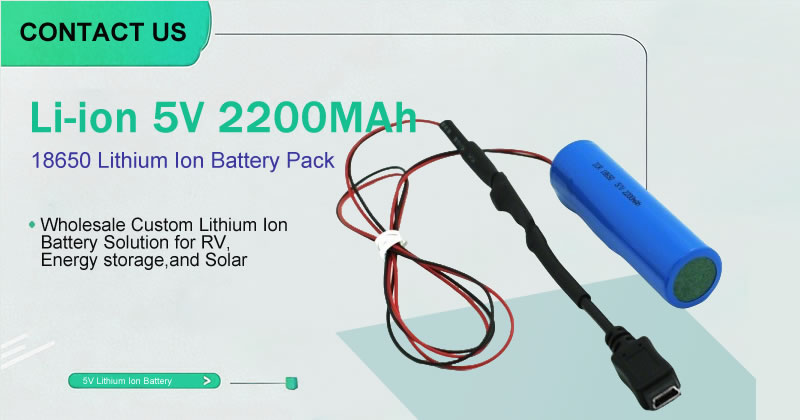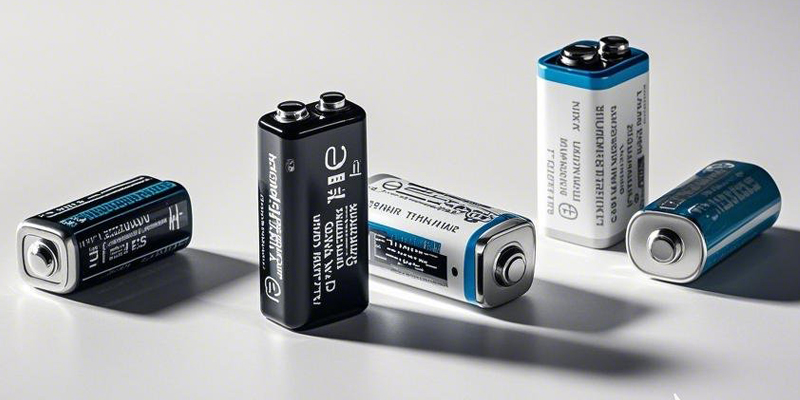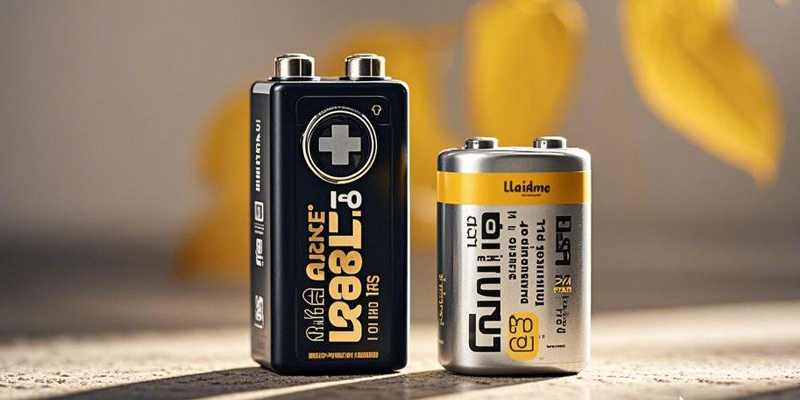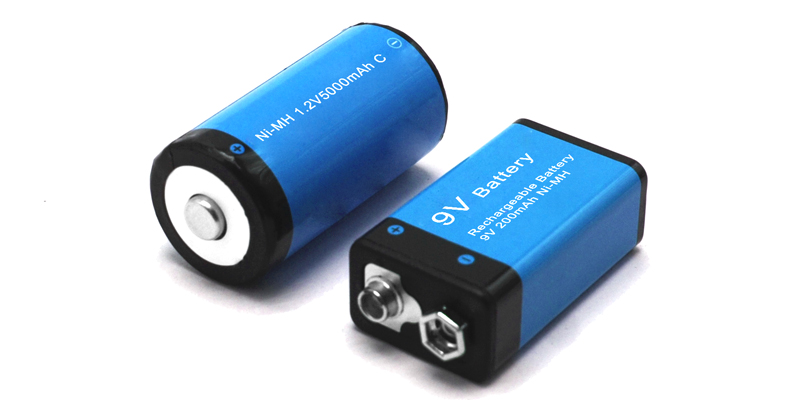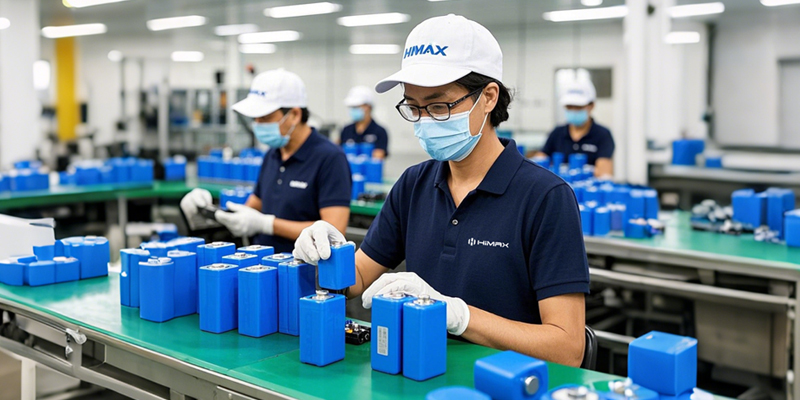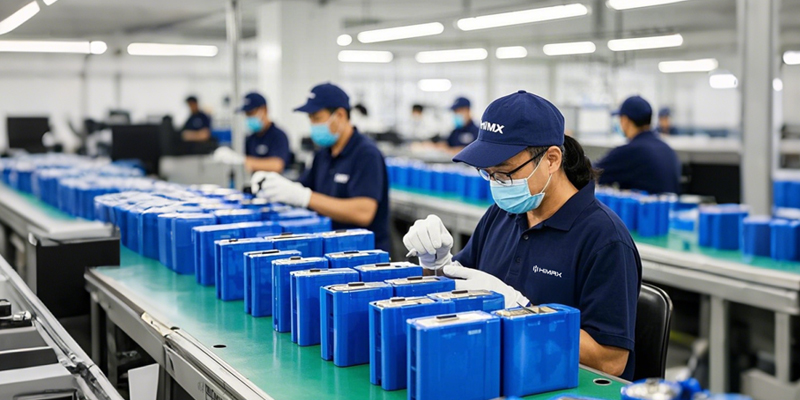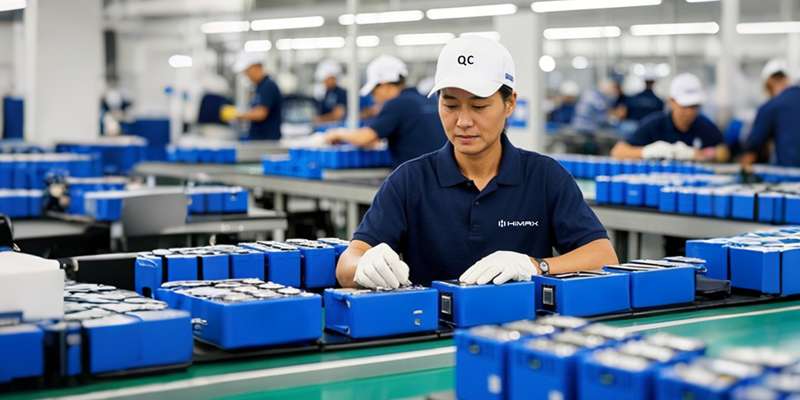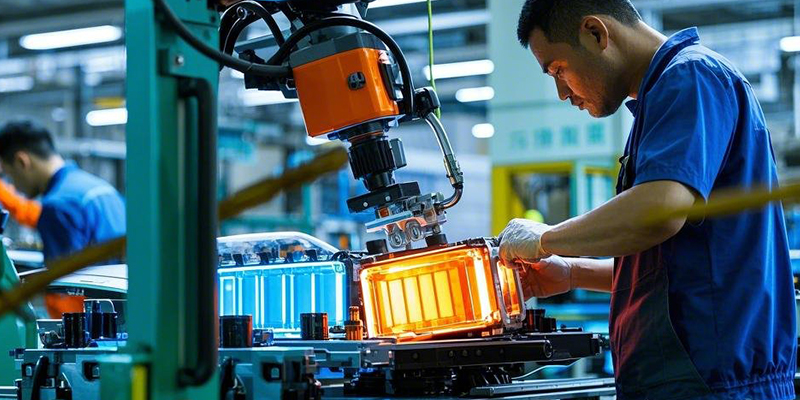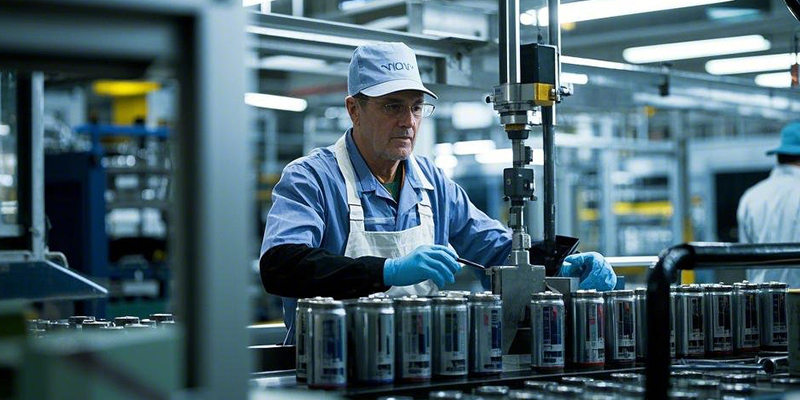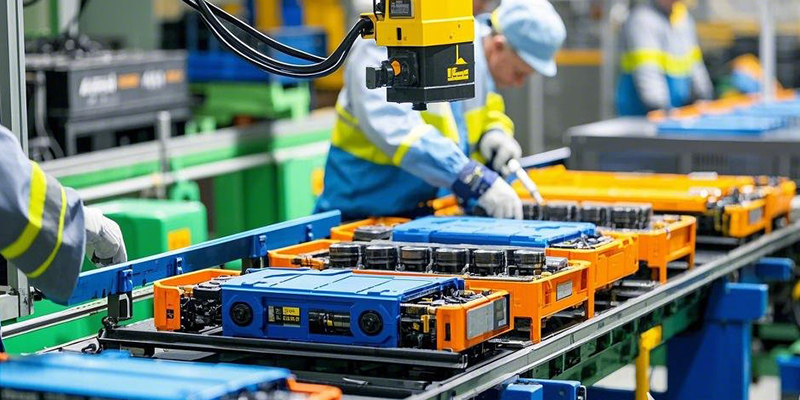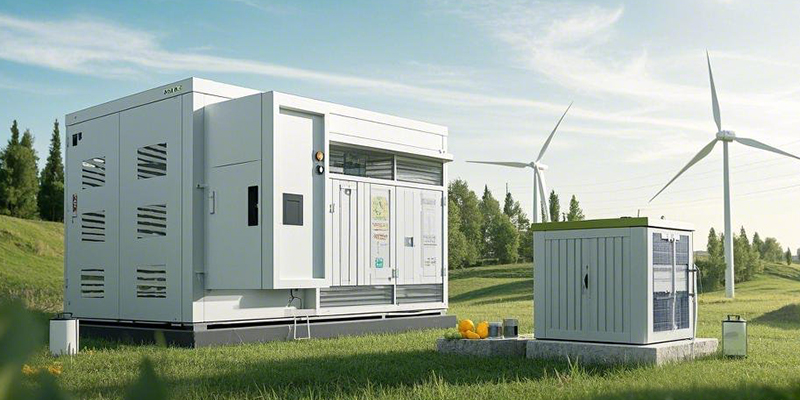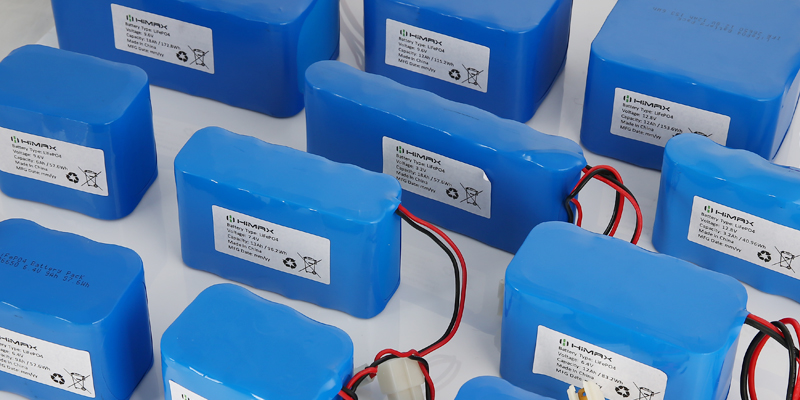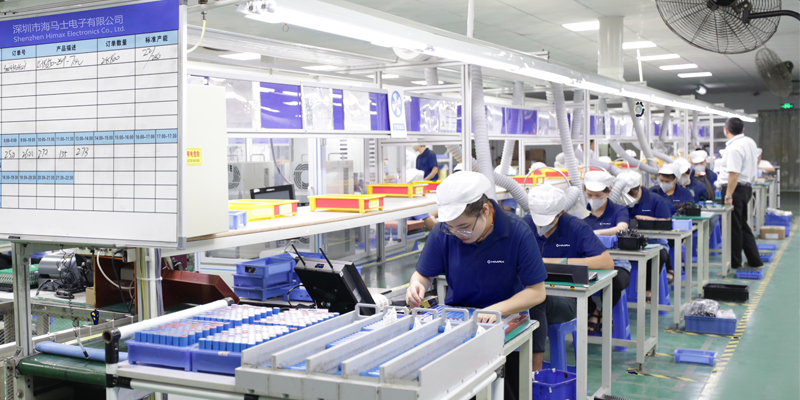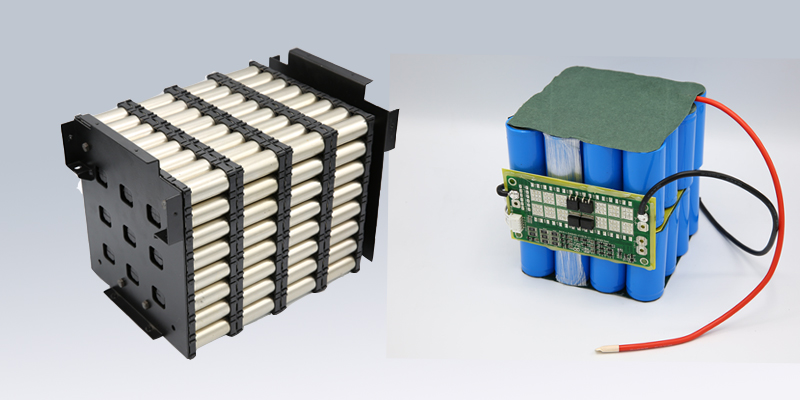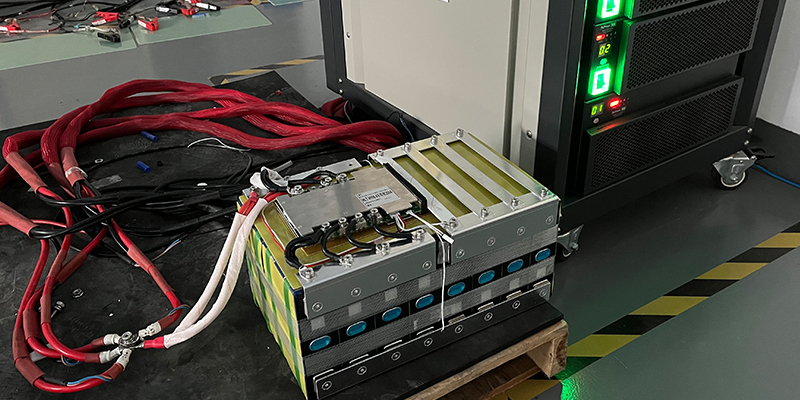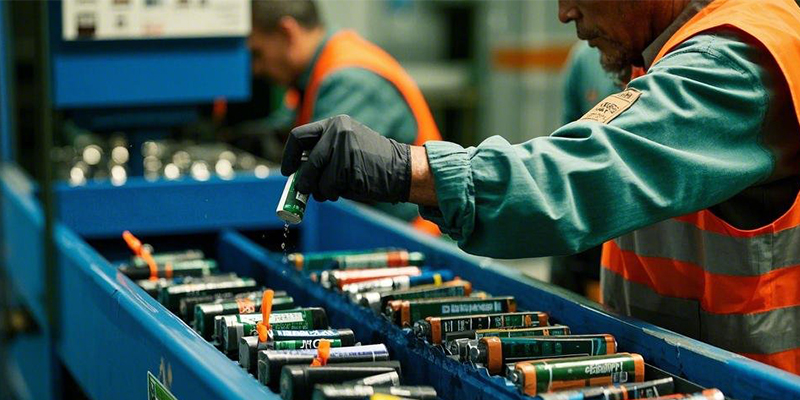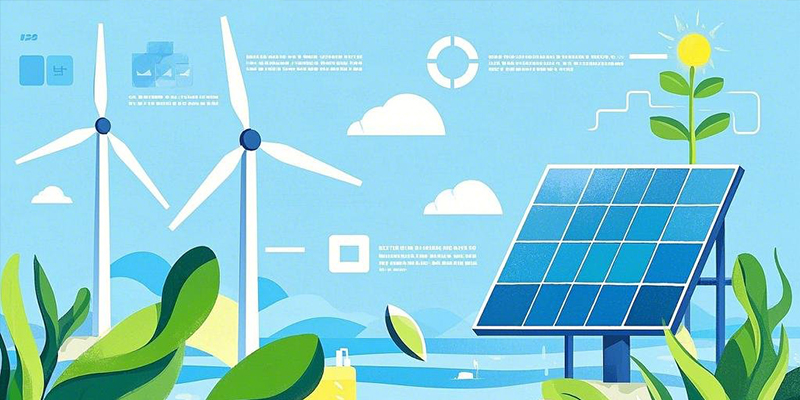In the global push toward energy transformation, clean energy sources like solar and wind power are playing a pivotal role. According to data from the International Energy Agency (IEA), renewable energy now accounts for over 30% of global electricity supply, with expectations of rapid growth over the next decade. However, the widespread adoption of clean energy faces a core challenge—intermittency. Solar power depends on sunlight availability, while wind power is subject to fluctuating wind speeds, making stable energy supply a significant hurdle.
To address this issue, efficient clean energy storage technologies are essential. Advanced battery technologies allow us not only to store surplus clean energy but also to ensure the stability of energy systems during peak demand or low production periods, thereby advancing sustainability goals. So, how can businesses choose the best battery solutions for solar and wind power? This article will provide detailed answers to this question, helping you make informed decisions in the field of energy storage.
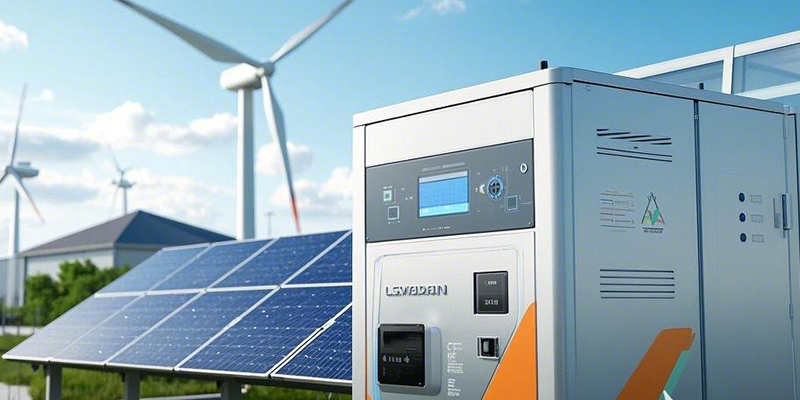
1. Battery Technology Overview: Mainstream Options for Clean Energy Storage
Before diving into storage solutions for solar and wind power, it’s important to understand the mainstream battery technologies currently available. Different battery types offer unique advantages in terms of energy density, lifespan, cost, and application scenarios. Below is an overview of several common battery technologies and their key features:
-
Lithium-Ion Batteries Lithium-ion batteries are renowned for their high energy density and long cycle life, making them an excellent choice for small to medium-scale solar systems. They excel in charge-discharge efficiency, making them ideal for applications requiring frequent cycling, and are a popular option in the clean energy storage sector.
-
Lead-Acid Batteries Lead-acid batteries are a traditional technology with a low upfront cost, suitable for short-term storage needs. However, they have lower energy density, shorter cycle life, and lower efficiency compared to lithium-ion batteries, making them more appropriate for budget-constrained small-scale projects.
-
Flow Batteries Flow batteries are known for their long-duration storage capabilities and scalability, making them ideal for large-scale wind power systems. While their initial cost is higher, they offer low maintenance costs and are well-suited for scenarios requiring extended discharge periods.
-
Sodium-Ion Batteries As an emerging technology, sodium-ion batteries are gaining attention for their low cost and environmental benefits. Although their energy density is lower than that of lithium-ion batteries, their potential lies in resource availability and sustainability, positioning them as a promising future option for clean energy storage.
-
Solid-State Batteries Solid-state batteries represent the future of battery technology, offering high safety and long lifespan. However, due to their current technological immaturity, they remain limited in commercial applications.
2. Best Battery Solutions for Solar Power: Technology and Case Studies
For solar power users, selecting the right battery solution is key to achieving efficient storage. Based on market validation and real-world applications, lithium-ion batteries are considered the top choice for solar energy storage. Below is an analysis of their core advantages and related insights:
Technical Parameter Comparison
Lithium-ion batteries stand out in several critical parameters:
-
Energy Density: Compared to lead-acid batteries, lithium-ion batteries offer several times higher energy density, allowing more energy to be stored in a smaller space.
-
Charge-Discharge Efficiency: Their efficiency typically exceeds 90%, minimizing energy loss to the greatest extent possible.
-
Cycle Life: High-quality lithium-ion batteries can achieve over 5,000 cycles, significantly extending their service life.
Real-World Case Study
Consider the example of a commercial business park. This park installed a rooftop solar power system paired with a lithium-ion battery storage solution. Using an intelligent energy management system, the park stores excess solar energy during the day and uses the stored energy at night or on cloudy days. This approach not only reduces electricity costs but also decreases reliance on the traditional grid, achieving efficient energy utilization.
Design Recommendations for Solar Storage Systems
When designing a solar energy storage system, businesses should pay attention to the following:
-
Inverter Pairing: Choose a high-efficiency inverter to minimize energy loss during conversion.
-
Battery Management System (BMS): A BMS can monitor battery status in real time, optimize charge-discharge strategies, and enhance both battery lifespan and safety.
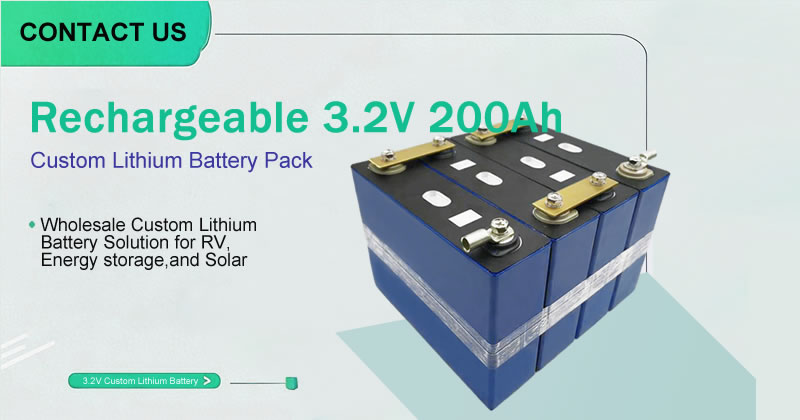
3. Best Battery Solutions for Wind Power: Technology and Case Studies
For wind power users, the inherent variability of wind speeds means storage systems must offer long-duration storage and high capacity scalability. Based on market validation, flow batteries are considered the best choice for wind energy storage. Below is an analysis of their core advantages and related insights:
Technical Parameter Comparison
Flow batteries excel in several key parameters:
-
Capacity Scalability: The capacity of flow batteries can be expanded by adding more electrolyte tanks, making them ideal for large-scale wind farms.
-
Maintenance Costs: Compared to other battery technologies, flow batteries have lower maintenance costs and a long service life.
-
Environmental Adaptability: Flow batteries can operate reliably in extreme conditions, making them suitable for the complex climates often encountered in wind power projects.
Real-World Case Study
Take the example of a coastal wind farm. This wind farm deployed a flow battery storage system to store excess energy generated during nighttime or high-wind periods, supplying power to the grid during low-wind periods. This approach not only increases energy utilization efficiency but also enables peak-valley load balancing, significantly reducing operating costs.
Design Recommendations for Wind Storage Systems
When designing a wind energy storage system, businesses should focus on the following:
-
Grid Integration: Leverage smart grid technology to optimize the input and output of stored energy, ensuring seamless integration with the grid.
-
Peak-Valley Load Balancing: Use the long-duration storage capabilities of flow batteries to store energy during low-price periods and release it during high-price periods, thereby reducing electricity costs.
By implementing a scientifically designed system, businesses can fully harness the potential of wind energy battery solutions.
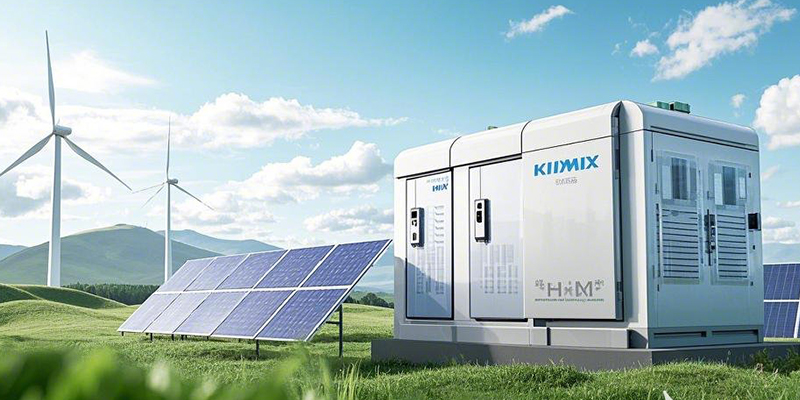
4. How to Choose the Right Battery Solution: Key Decision Factors
When selecting the best battery solution, businesses must consider multiple factors to maximize return on investment (ROI). Below are several key decision factors:
Cost Considerations
Businesses need to balance upfront investment costs against long-term operating costs. For example, lithium-ion batteries have a higher initial cost, but their high efficiency and long lifespan can significantly reduce long-term operating costs. In contrast, lead-acid batteries have a lower upfront cost but require more frequent maintenance and replacement.
Scale Requirements
Different project scales have varying battery solution needs. Small commercial projects may be better suited for lithium-ion batteries, while large industrial projects, such as wind farms, are better served by flow batteries.
Environmental Factors
The environmental footprint and recyclability of batteries are important considerations in solution selection. Sodium-ion and flow batteries perform well in terms of environmental impact, while recycling technologies for lithium-ion batteries are also advancing.
Policy Support
In the United States, clean energy storage projects can benefit from various policy incentives, such as the Investment Tax Credit (ITC) and state-level subsidies. Businesses should take full advantage of these policies to reduce costs when selecting a solution.
Technical Support
Choosing a reliable supplier is critical to the successful implementation of a storage project. Businesses should evaluate a supplier’s after-sales service capabilities, technical support levels, and ability to provide customized solutions.
As clean energy adoption continues to grow, efficient storage technologies are becoming critical for businesses aiming to achieve energy transformation and sustainability goals. Through the analysis in this article, we can see that lithium-ion batteries are the ideal choice for solar energy storage, while flow batteries are the best solution for wind energy storage. When selecting a battery solution, businesses should comprehensively consider factors such as cost, scale, environmental impact, and policy support to ensure maximum energy efficiency and economic benefits.
Choosing the right clean energy storage solution not only enhances a business’s energy utilization efficiency but also contributes positively to sustainability efforts. As a leading provider of battery solutions, HIMAX Electronics is committed to offering customized battery solutions to help your clean energy projects succeed. Contact us today to learn more about how we can support your journey toward efficient energy management!
